- Applications
- MIMO and 5G Simulation Software
MIMO and 5G Simulation Software
5G is pushing the boundaries of wireless communications and wireless device design. Significant innovations are needed in order to accommodate increased requirements for Enhanced Mobile Broadband, Massive Machine-Type Communications, and Ultra-Reliable Low Latency Communications. To meet these challenges, the wireless industry is exploring new technologies, such as multiple-input, multiple-output (MIMO) and beamforming, higher frequency bands including millimeter waves, and a number of changes to how base stations and devices are deployed and used.
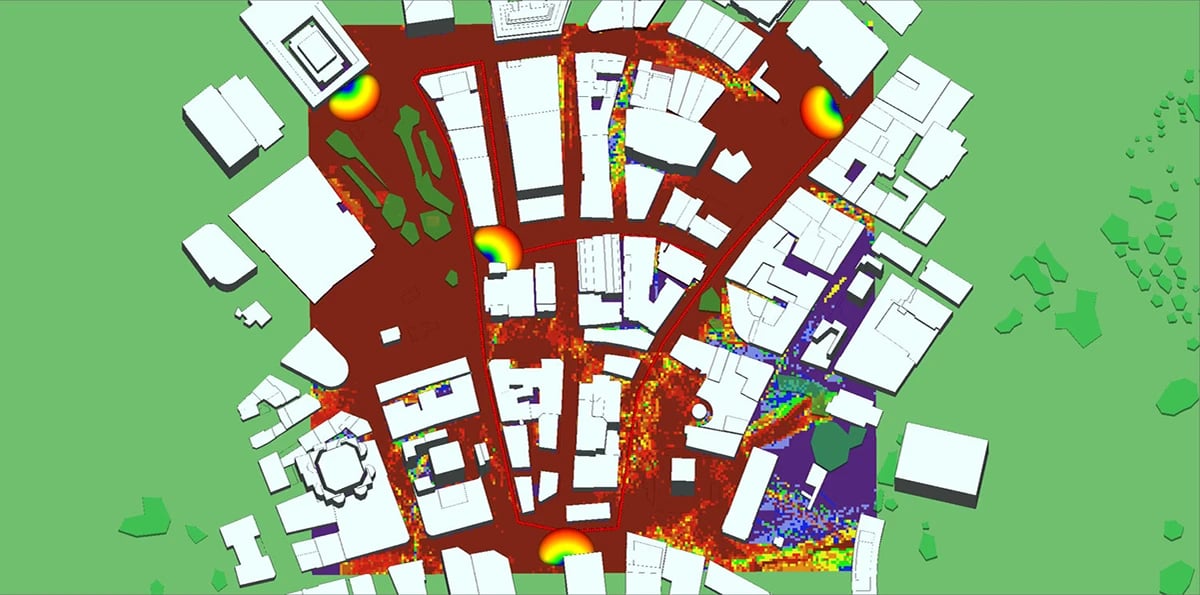
Remcom’s 5G simulation software provides a complete solution, from system and MIMO antenna design through performance assessment in realistic, simulated environments, and planning for deployment in 5G networks. Our mission is to provide accurate solutions, optimized for performance to help our customers reliably predict how their systems will behave in the real world. Through active research and development, we have remained a leader in modeling and MIMO simulation technology for 5G and advanced wireless communications.
MIMO and Array Design for 5G Antennas
Antenna engineers are increasingly developing advanced antenna systems capable of beam steering and multiple data stream transmission in order to meet throughput requirements for 5G. Designing such a device is a difficult task because of the many factors that affect a device’s performance.
Remcom’s XFdtd EM simulation software enables in-depth analysis of a device's stand-alone performance, with 5G device design features that support high frequency array antennas. Wireless InSite can be used to assess device performance in realistic indoor or outdoor environments, including scenarios rich in multipath and varying channel characteristics. Unique features support MIMO, including Massive MIMO beamforming and diversity techniques, and millimeter wave systems. Used together for antenna simulation, these products help engineers design and assess their antennas and devices and predict their performance in 5G network environments.
Read more about XF's and Wireless InSite's complementary features for 5G MIMO and array design.
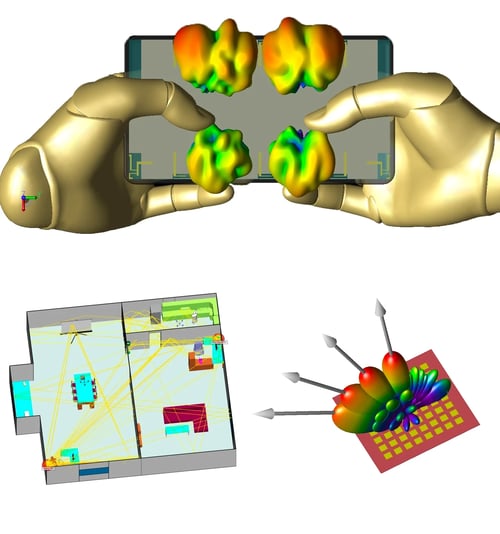
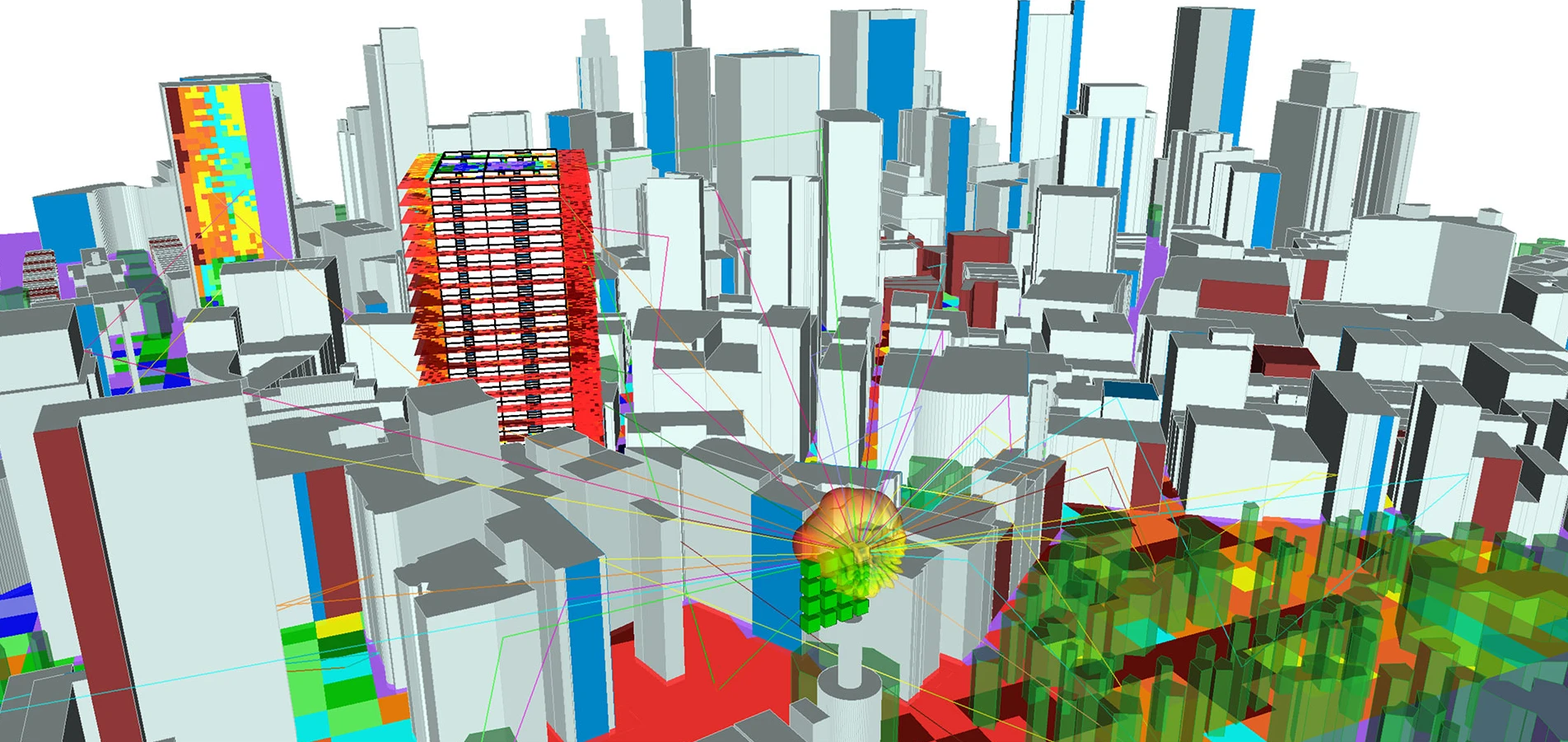
5G Urban Small Cells
Urban small cells are one of the most challenging scenarios for simulation of performance for 5G. Network densification, whether for increased capacity or to deal with millimeter wave propagation challenges, leads to much more complex urban multipath conditions. Wireless InSite provides a unique ray-tracing solution that not only captures the detailed multipath, but also enhances this with accurate prediction of the spatial variation of fields, polarization, and phase, even over small scales across a millimeter wave MIMO array, offering a unique capability for predictive simulation.
Read more about Wireless InSite's capabilities for 5G Urban Small Cell analysis.
Fixed Wireless Access
Fixed Wireless Access (FWA) is one of the early planned use cases for 5G deployment, offering a new wireless alternative for providing broadband to homes and businesses. There are many new challenges posed by the scenarios where this will be used, often in suburban neighborhoods, where trees and winding roads combine with the likely use of millimeter wave frequencies to complicate planning and coverage. Wireless InSite provides a number of features and capabilities that are critical for understanding the nature of these scenarios.
Read more about Wireless InSite's capabilities for 5G Fixed Wireless Access analysis.
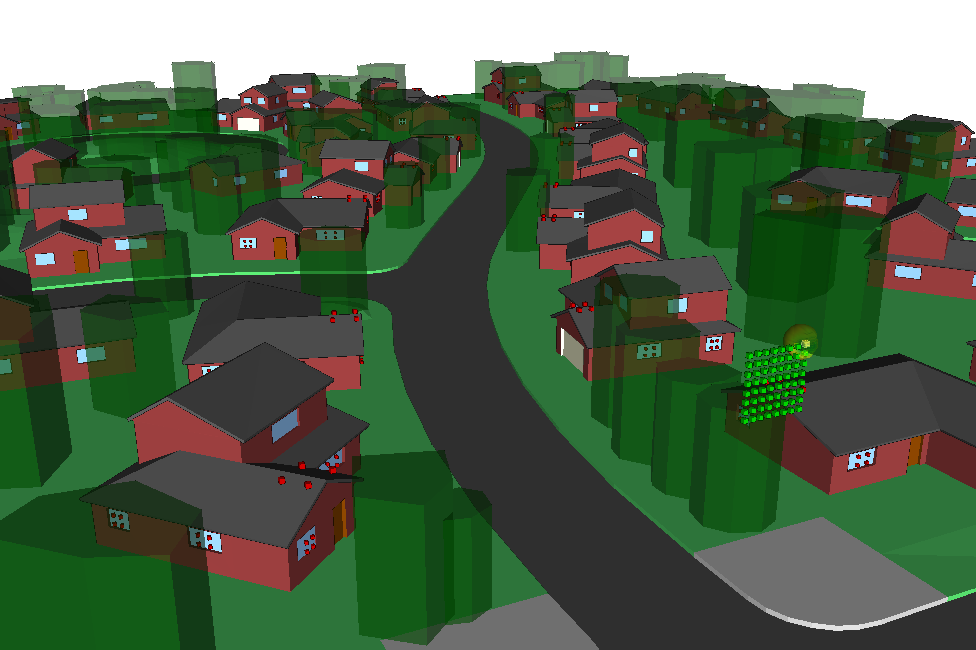
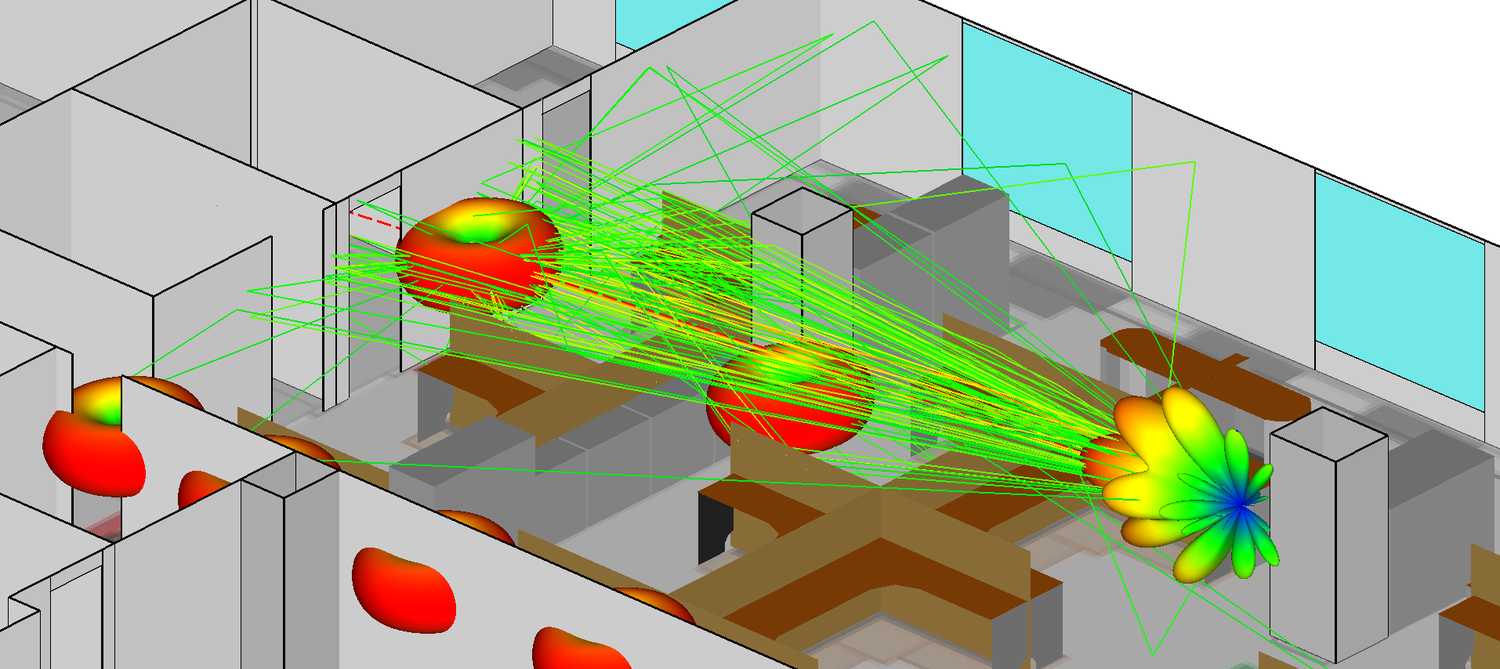
Indoor Wireless Applications
Indoor applications provide a number of new scenarios for 5G and Wi-Fi that will require higher bandwidth, higher throughput, and propagation in increasingly complex indoor environments. Typical use cases where Remcom’s tools can simulate performance include HD video within a room, communications within stadium environments, and industrial automation. Although the physical environment is very different, some of the same challenges exist, including the use of MIMO antennas and techniques, propagation of millimeter waves, and complex environments, where walls and furniture result in significant multipath and scattering.
Wireless InSite accurately predicts multipath effects in indoor environments, offering a powerful tool for detailed simulation of channel characteristics. It also has a number of enhancements for millimeter waves, including the effects of absorption and scattering at 60 GHz, the losses incurred from propagation through walls, and the intense multipath caused by interactions with surfaces and furniture within office environments.
Read more about 5G mmWave indoor channel modeling.
Additional Information
-
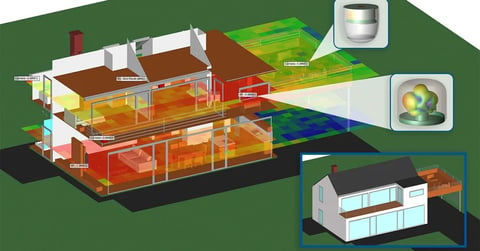
Webinars
Smart Home Device Design and WiFi Connectivity Using EM Simulation
This webinar demonstrates the strengths of Remcom’s XFdtd and Wireless InSite for designing and simulating smart home devices, analyzing propagation and beamforming capabilities, and assessing throughput performance of the devices via MIMO techniques.
Explore Resource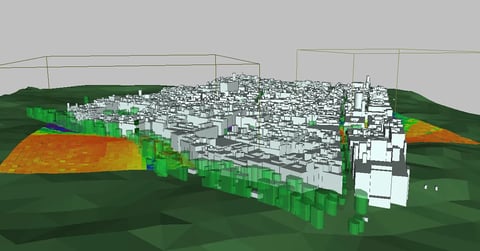
Webinars
Geometry Caching and Processing Optimizations in Wireless InSite
This webinar shows how geometry caching expedites repeated simulations within the same scene, such as with 5G small cell investigations, plus covers new optimizations that enable reductions in geometry processing times for urban and rural scenes.
Explore Resource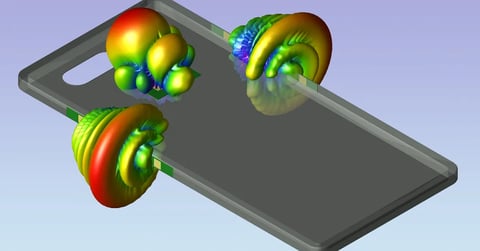
Webinars
Solutions to Simplify 5G Phased Array Design in XFdtd
Watch this webinar to learn how XF’s 5G array analysis features are instrumental to antenna designers in optimizing the radiation and beam steering characteristics of antenna arrays to meet the demands of 5G communication systems.
Explore Resource -
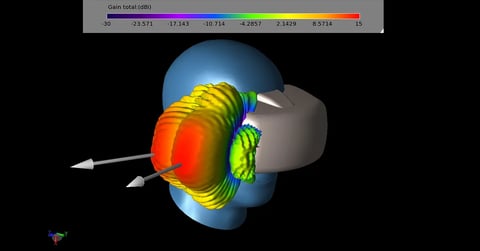
Application Examples
5G Antenna Array Simulation for mmWave Wireless Virtual Reality Headsets
A 60 GHz antenna array design is simulated in XFdtd to demonstrate suitability for use on wireless Virtual Reality headsets. The resulting array produces a fan beam which may be steered by varying the phasing between the elements resulting in broad coverage. The design is simulated mounted on a section of a virtual reality visor.
Explore Resource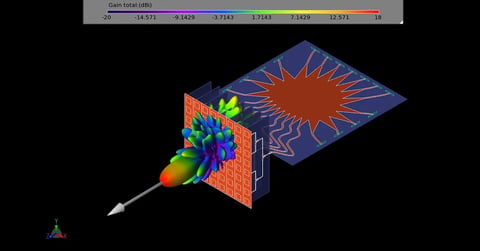
Application Examples
Design and Simulation of 28 GHz Beamforming System and Antenna Array for 5G Network Base Stations
This example is a more complete device for 28 GHz beamforming for 5G networks and includes an 8x8 patch antenna array, 1 to 8 power dividers and a Rotman lens initial stage.
Explore Resource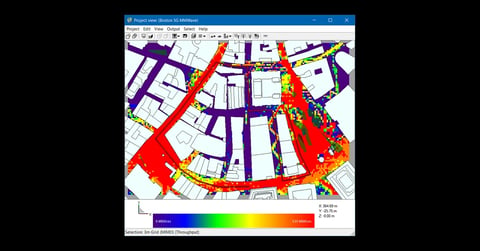
Application Examples
Throughput of a 5G New Radio FD-MIMO System in an Urban Area Using Custom Beamforming
This example demonstrates how a custom beamforming table can be used to model downlink data rates from three MIMO base stations for 5G New Radio in a section of Boston.
Explore Resource -
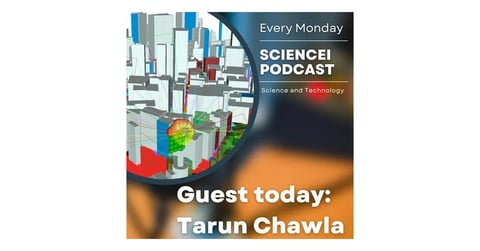
Videos
Constructive Interference at Work and Everyday Life
Tarun Chawla, Remcom's Director of Business Development, was a guest on the Sciencei Podcast. Tarun discussed the revolutionary technologies in wireless communications that have been developed during the past decades.
Explore Resource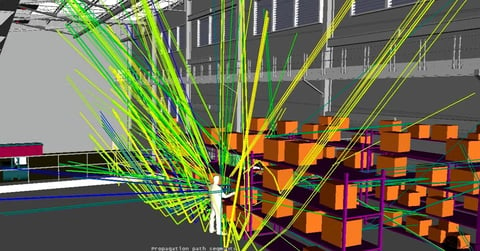
Videos
5G for Manufacturing and Industry 4.0 - Propagation in a Warehouse Environment
With the expansion of 5G NR for mobile connectivity, industrial and manufacturing applications such as robotics, IOT, and smart factories with automation come into play. Laying out a 5G network in complex and cluttered environments with several conductive surfaces can be challenging. Wireless InSite predicts the coverage and interference and accounts for the multipath in complex environments such as heavy-industrial factories, warehouses, server farms and more.
Explore Resource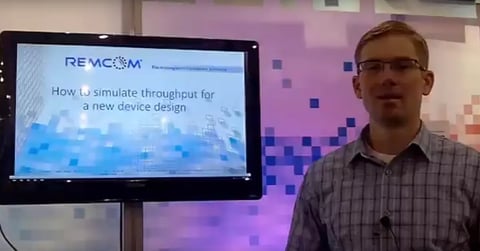
Videos
How To Simulate Throughput For A New Device Design
In this short video from IMS 2018, Remcom's product marketing manager, Jeff Barney, describes the process of simulating the antenna element, modeling the channel propagation, and calculating the throughput modulation.
Explore Resource -

Publications
How LunaNet Will Bring Internet-Like Capabilities To The Moon
In this article, John Oncea explains NASA's LunaNet project and how Remcom's participation will help to ensure reliable network performance on the Moon. LunaNet will empower NASA to explore the Moon and lay the foundation to support missions to Mars and beyond in the future.
Explore Resource
Publications
Investigation of EMF Exposure Level for Uplink and Downlink of 5G Network Using Ray Tracing Approach
In this paper, EMF exposure for 5G mobile networks in a dense urban environment is investigated using a raytracing approach for the uplink (UL) and downlink (DL).
Explore Resource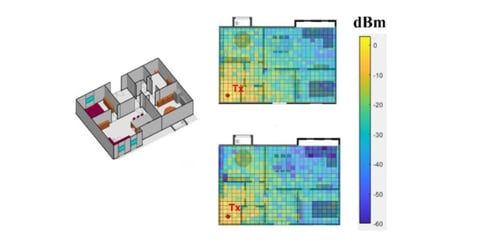
Publications
A Fast Indoor Coverage Prediction Scheme at 60 GHz Based on Image Processing, Geometrical Optics, and Transport Theory
In this paper, we develop a fast and approximate prediction scheme for indoor path loss using digital image processing, geometrical optics and transport theory.
Explore Resource -
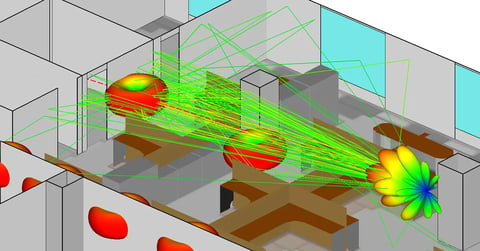
Brochures
5G and MIMO Simulation Software Overview
5G is pushing the boundaries of wireless communications and wireless device design.
Explore Resource
Save time and reduce costs.
Contact Remcom today for a customized solution to your most complex electromagnetic challenges.
Request a Quote